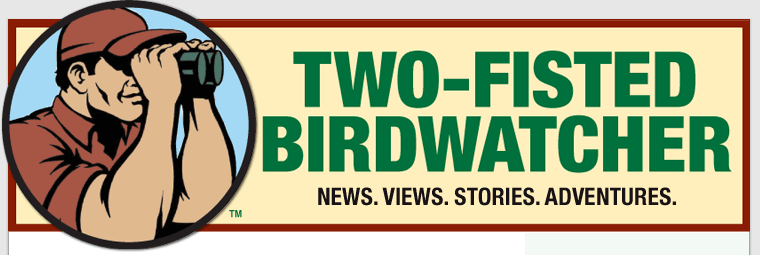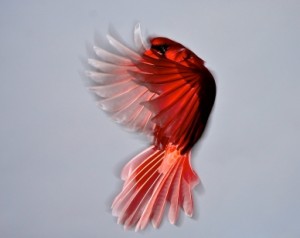Over a few beers, a guy I know told me he shot a bear. He shook his head and blamed it on peer pressure. I said nothing for a bit. Then I said: beer pressure?
I’d heard him okay, but I was interested in busting balls. If there are two things that piss me off it’s peer pressure and shooting bears.
I’d gone looking for bears myself on occasion but not to kill them. I wanted to walk the ground they walked. I saw a grizzly in a Yellowstone valley, but I was on a mountain. Even through binoculars it looked like a bug, and I don’t count that as a sighting.
I saw a black bear in Alaska but I was on water and it was on shore, so that can’t count either. I’ve hiked Michigan’s U.P., rich bear country and seen no bears. I can live with that. So can the bears.
On the plus side, when I was looking for bears I saw Evening Grosbeaks, Pine Grosbeaks, Black Terns, Snow Buntings, Pileated Woodpeckers, Bald Eagles, Ospreys, Ruby-throated Hummingbirds and other species I don’t normally see. Pileateds and eagles, seen close, made up for not seeing bears.
But back to the guy telling me about bears over beers. He got talked into a Canadian bear hunting package by business buddies. He said no, but they pushed, suggesting he was unmanly.
So he found himself in a sniper’s tree above a stack of meat covered with molasses. A bear came. The guy shot it through the heart and felt bad about it.
Well, there was much to feel bad about. I agreed. He said he felt bad about the evil trick of molasses, and bad about the killing. Then he said the thing that bothered him most was that he gave in to peer pressure.
He threw back his beer and ordered another. I thought about saying “beer pressure” again. I like messing with words, but wasn’t in the mood any more, so I said nothing.

 I’ve always found that it’s hard to get hummingbirds to hold still. They’re not famous for attention spans. Okay, this shot is full of cuteness, and cuteness isn’t what we’re all about here.
I’ve always found that it’s hard to get hummingbirds to hold still. They’re not famous for attention spans. Okay, this shot is full of cuteness, and cuteness isn’t what we’re all about here.

